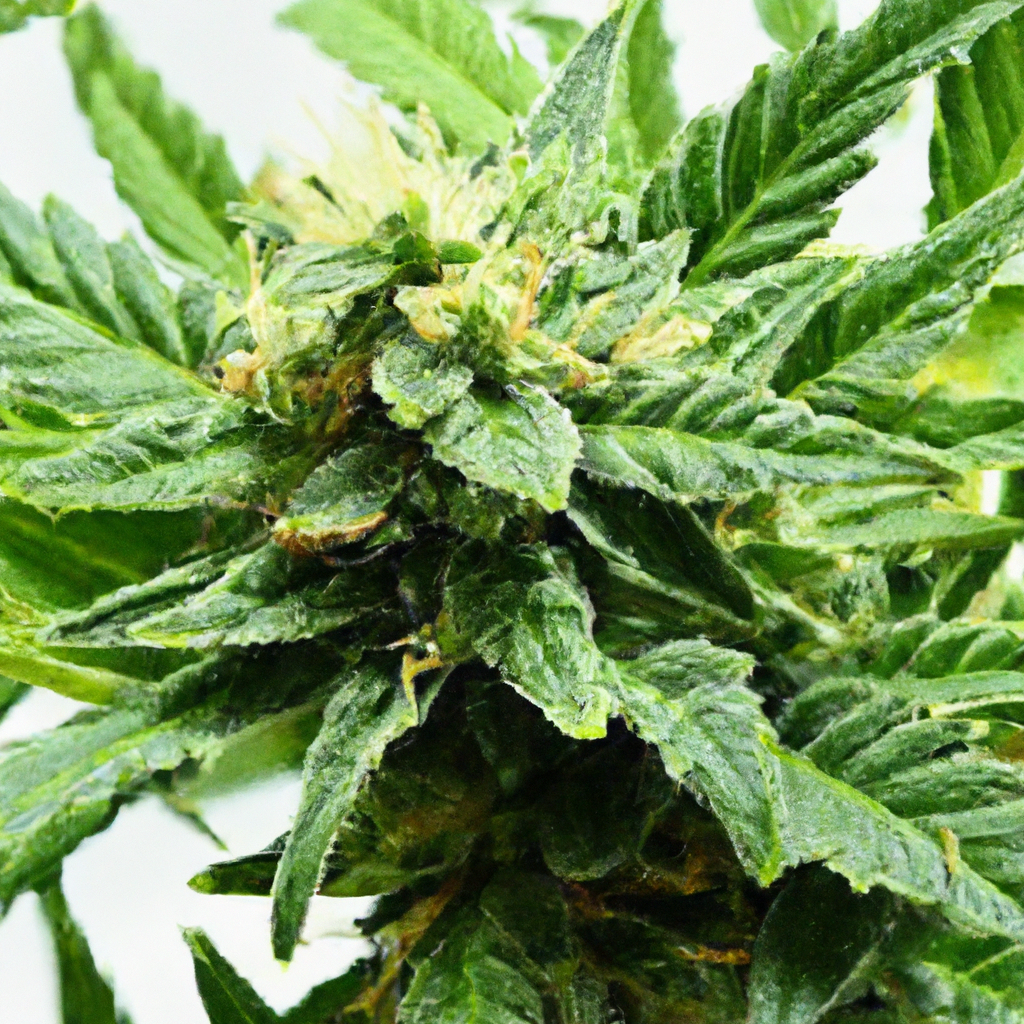Your cart is currently empty!
Growing cannabis indoors presents a unique set of challenges and opportunities. With the right techniques, you can maximize yield and quality while creating a controlled environment for your plants. Whether you’re a beginner or an experienced cultivator, understanding advanced indoor cultivation methods can make all the difference.
1. Setting Up the Perfect Indoor Environment
The foundation of a successful indoor grow is a well-designed environment. This includes optimizing temperature, humidity, and light conditions to reflect the natural habitat of cannabis plants.
- Temperature Management: Aim for a temperature range of 70-85°F (20-30°C). Nighttime temperatures should be slightly cooler.
- Humidity Control: Maintain relative humidity between 40-60%. Use dehumidifiers or humidifiers as necessary.
- Lighting Techniques: Utilize full-spectrum LED lights that mimic sunlight for optimal growth.
2. Mastering Nutrient and Watering Strategies
Nutrient management and watering practices are crucial to prevent nutrient lockout and promote healthy growth. Here’s how to get it right:
- Balanced Nutrients: Use a nutrient solution formulated for cannabis, providing a balanced ratio of N-P-K (Nitrogen, Phosphorus, Potassium).
- Watering Techniques: Determine watering frequency by checking the top layer of soil. Avoid overwatering and ensure proper drainage.
- pH Levels: Keep water and nutrient solutions at a pH of 6.0-6.5 for soil grows.
3. Enhancing Growth Through Training and Pruning
Training and pruning are techniques used to improve light penetration and increase yields. Here are some advanced methods:
- Low-Stress Training (LST): Gently bend and tie down branches to create an even canopy.
- Topping: Remove the top of the plant to encourage bushier growth and more colas.
- Defoliation: Strategically remove large fan leaves to improve airflow and light exposure.
4. Troubleshooting Common Indoor Growth Challenges
Even seasoned cultivators face challenges. Here are some common issues and solutions:
- Pest Control: Use organic pesticides and introduce beneficial insects like ladybugs to control pests naturally.
- Nutrient Deficiencies: Monitor plant health and adjust nutrient inputs based on specific deficiencies such as yellowing leaves.
- Mold and Mildew Prevention: Ensure proper air circulation and humidity control to prevent these issues.
Conclusion
By mastering these indoor cultivation techniques, you can significantly enhance the quality and yield of your cannabis plants. From optimizing your growing environment to employing strategic training methods, each step is crucial for successful indoor cannabis cultivation. Keep experimenting and refining your approach for the best results.
Tags: CannabisCultivation, IndoorGrowing, PlantTraining, NutrientManagement, TemperatureManagement
Discover more from Magic Clones
Subscribe to get the latest posts sent to your email.


Leave a Reply